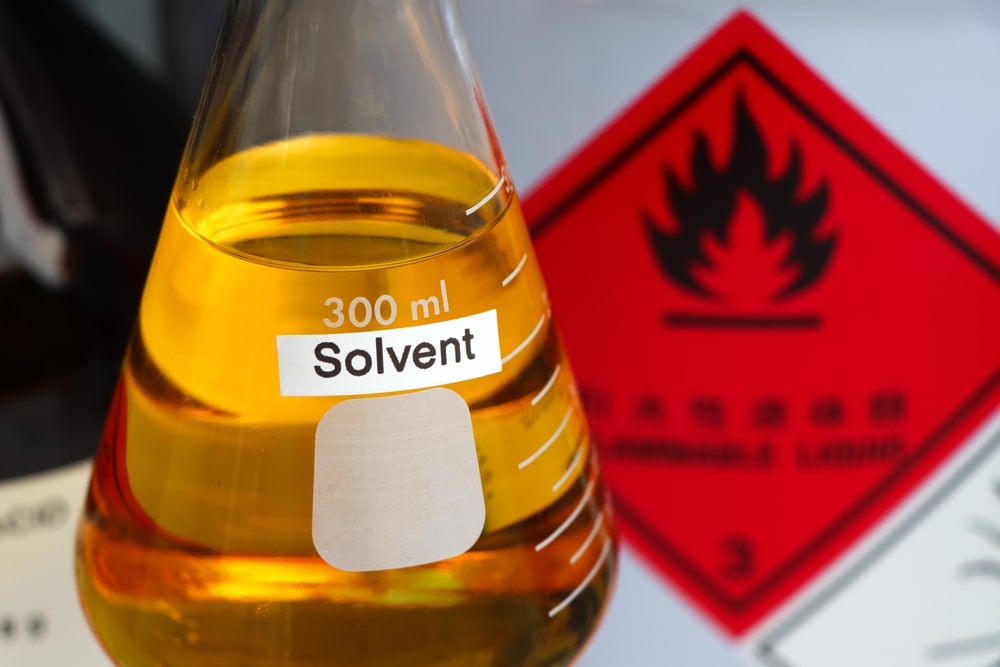Large numbers of inorganic solvents have been used for non-aqueous titrations, out of that a few have been used more frequently. Mostly, pure and dry analytical reagent quality solvents should be used to assist in obtaining sharp end points.
(a) Glacial Acetic Acid: Glacial acetic acid is the most frequently used non-aqueous solvent. Before it is used, it is advisable to check the water content. This may be between 0.1% − 1.0%.
(b) Acetonitrile: Acetonitrile (methyl cyanide, cyanomethane) is frequently used with other solvents such as chloroform and phenol and especially with acetic acid. It gives very sharp end points in the titration of metal acetate when titrated with perchloric acid.
(c) Alcohol: It is mainly used for the determination of salt of organic acids, especially of soaps in mixtures of glycols and alcohols or mixtures of glycols and hydrocarbons. The most common combinations are ethylene glycol (dihydroxyethane) with propan-2-ol or butan-1-ol. These combinations provide excellent solvents for both the polar and nonpolar ends of the molecules.
(d) Dioxane: Dioxane is another frequently used solvent in place of glacial acetic acid when mixtures of substances are to be quantified. Unlike acetic acid, dioxane is not a leveling solvent and separate endpoints are normally possible.
(e) Dimethylformamide: Dimethylformamide (DMF) is a basic (protophilic) solvent, which is frequently used for titrations between organic compounds such as benzoic acid and amides.
Make sure you also check our other amazing Article on : Assay of Probenecid
